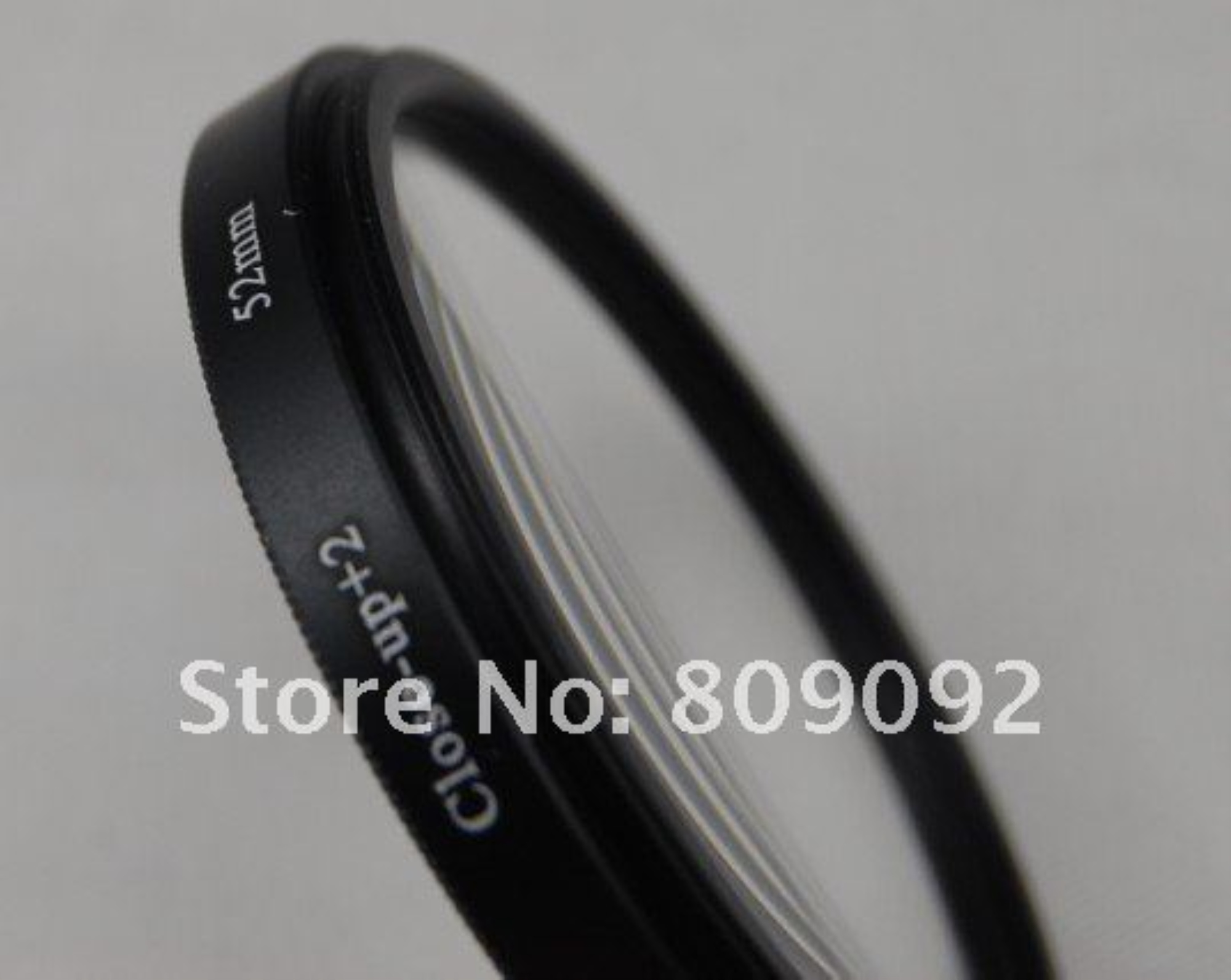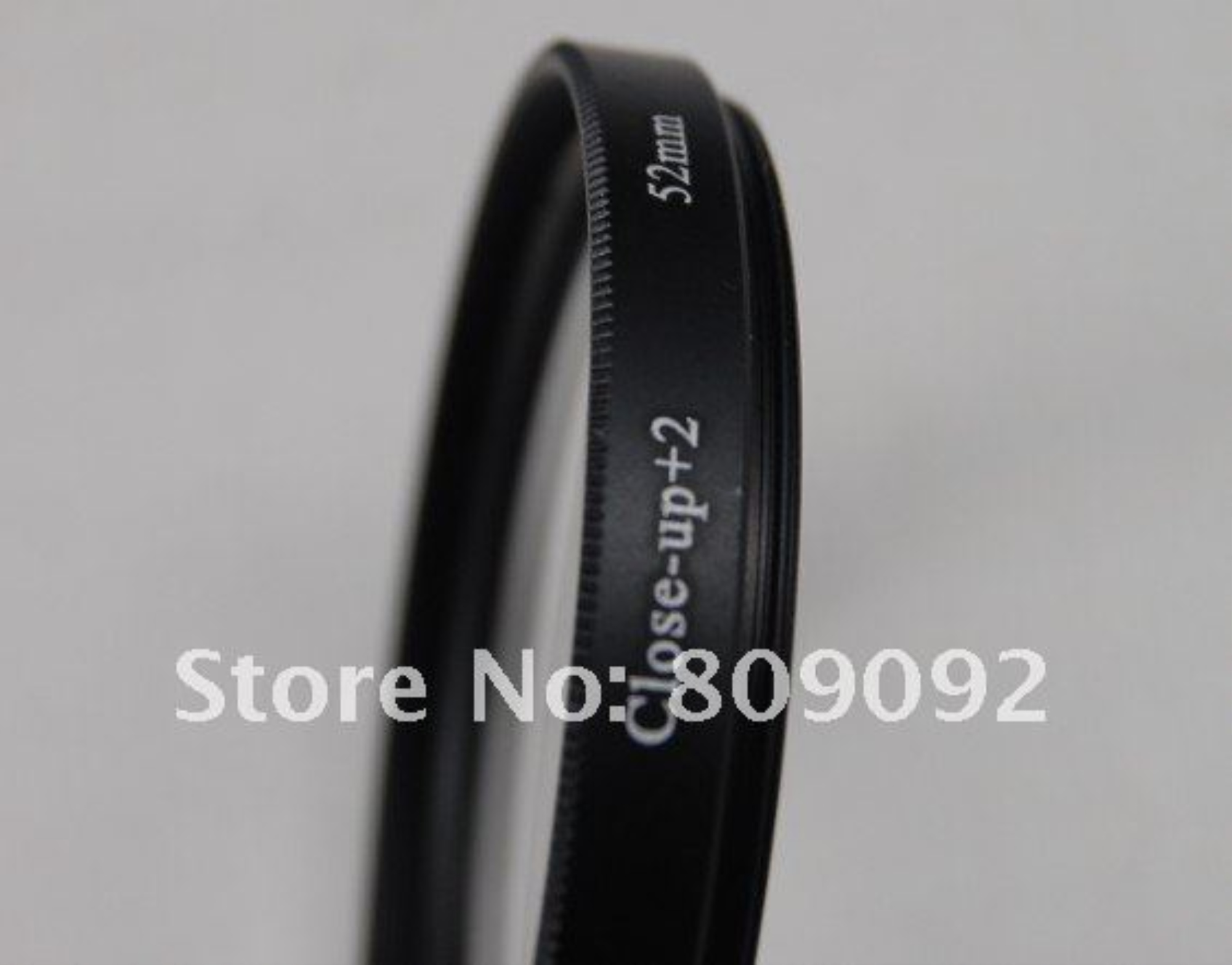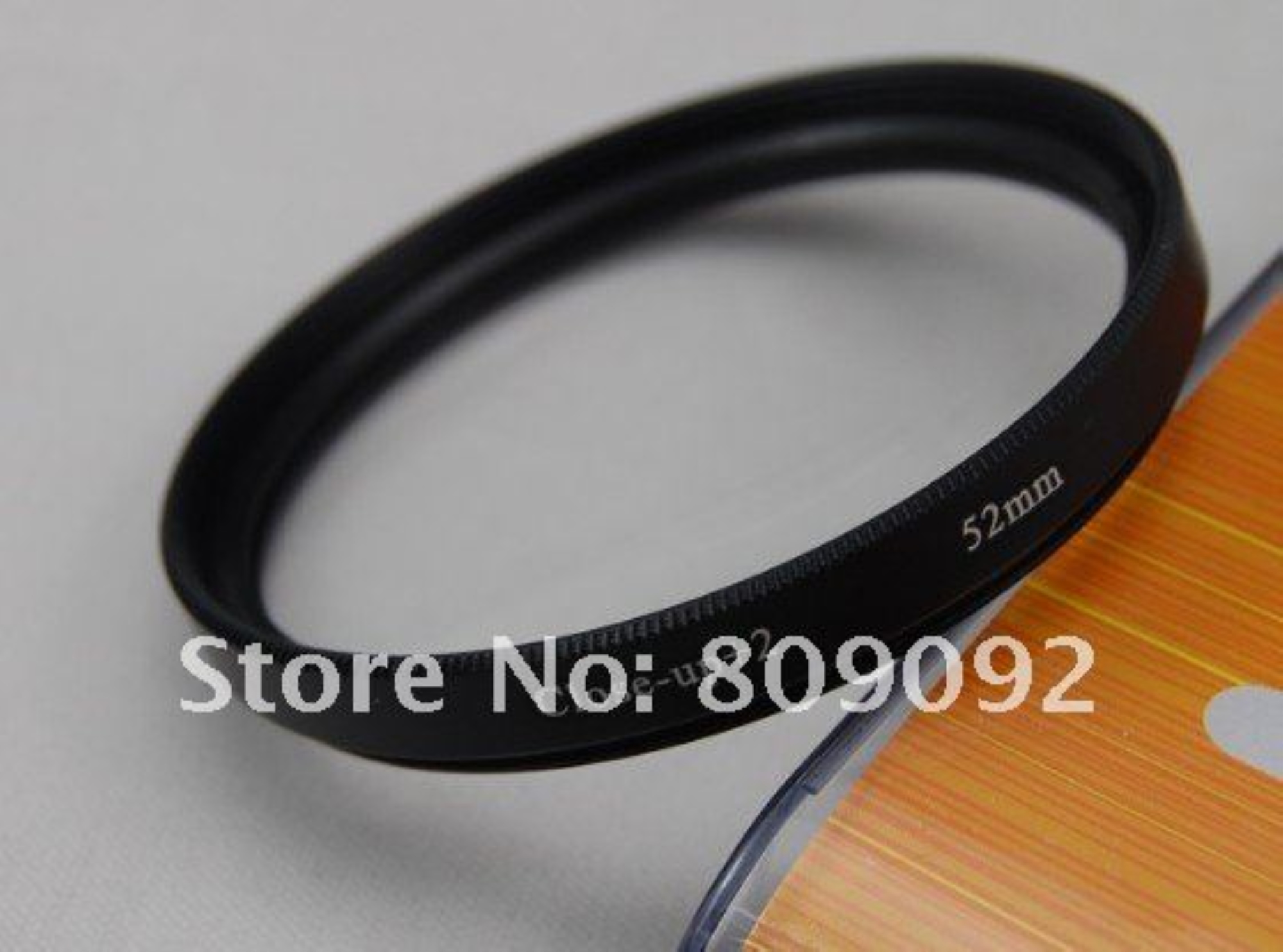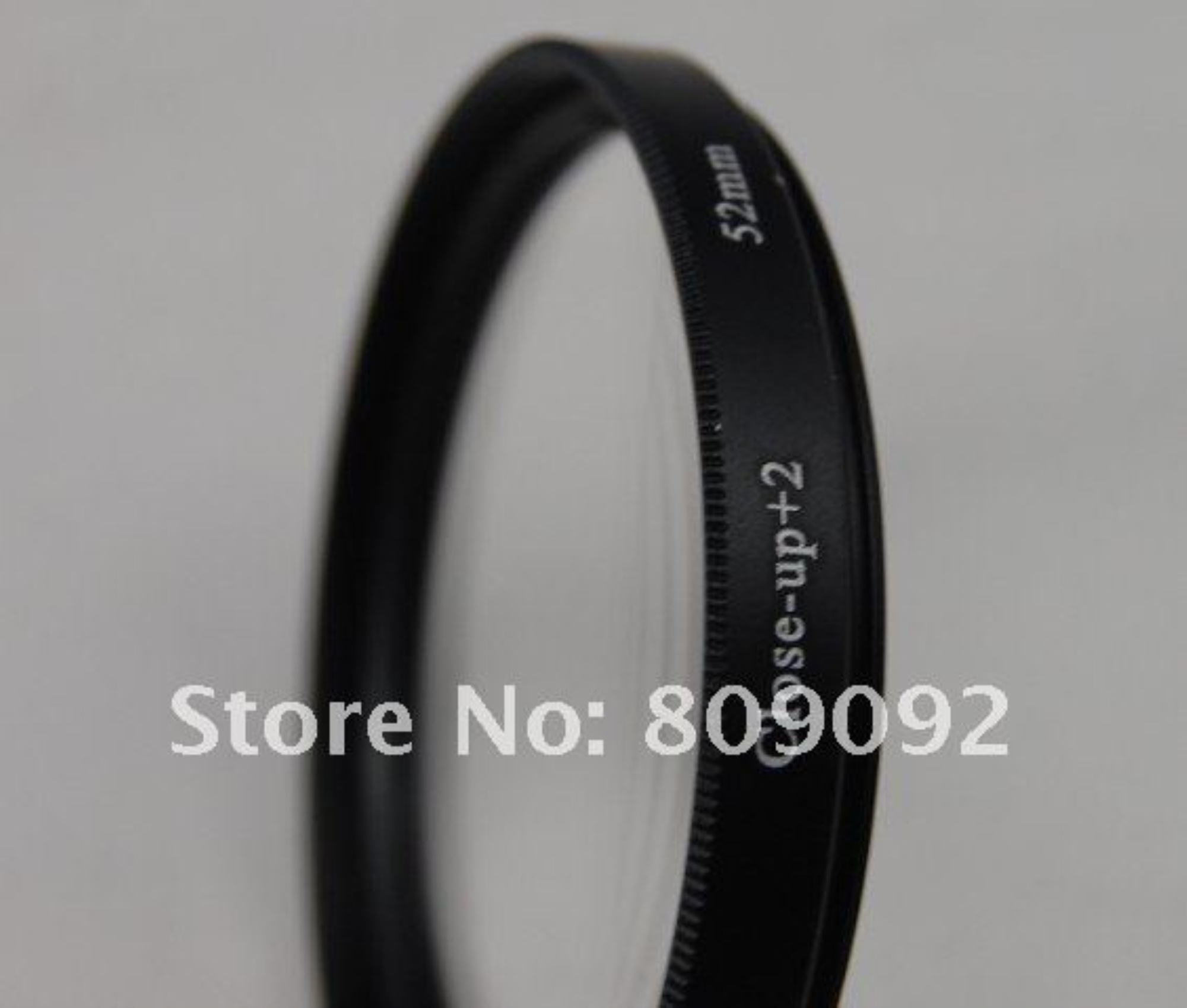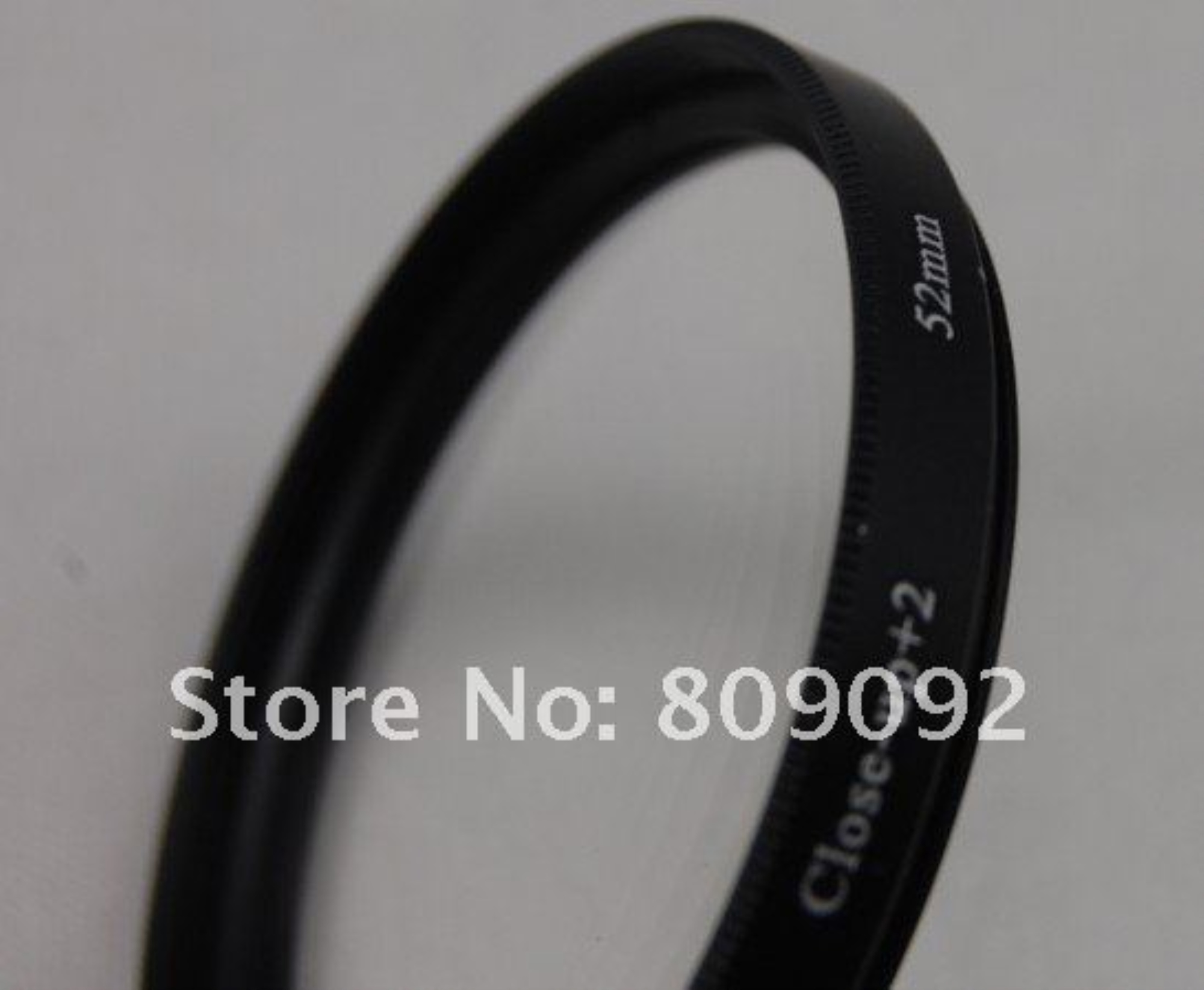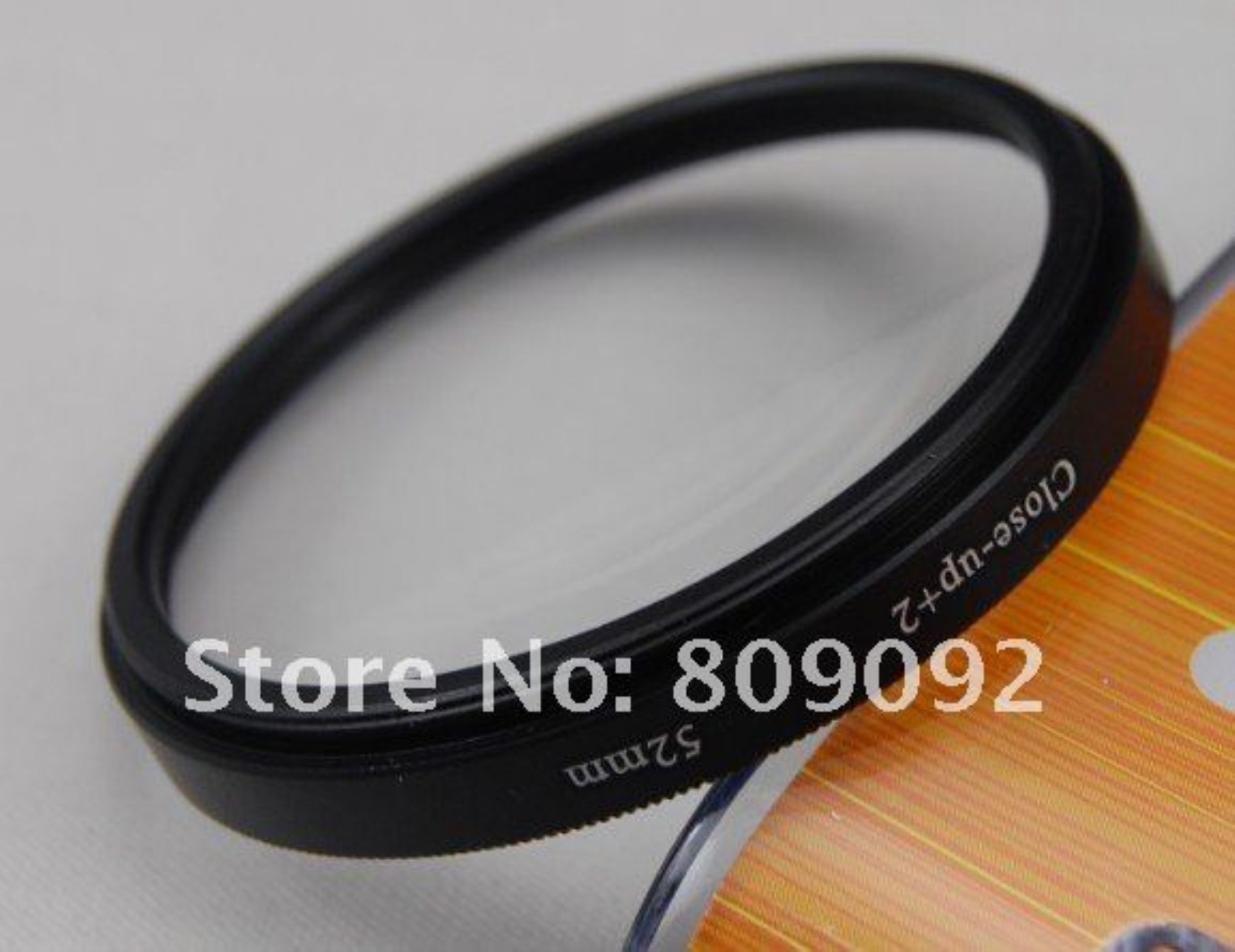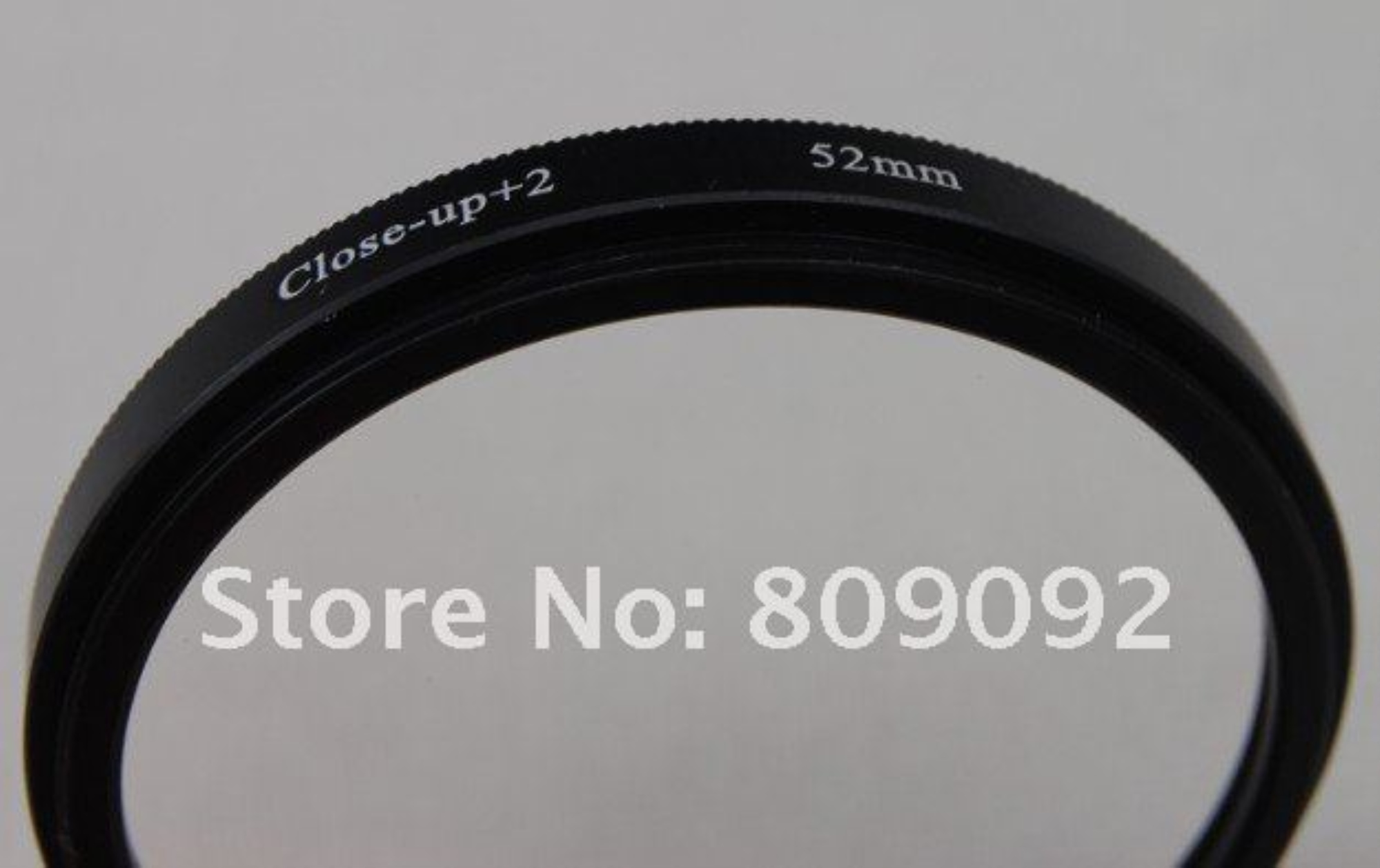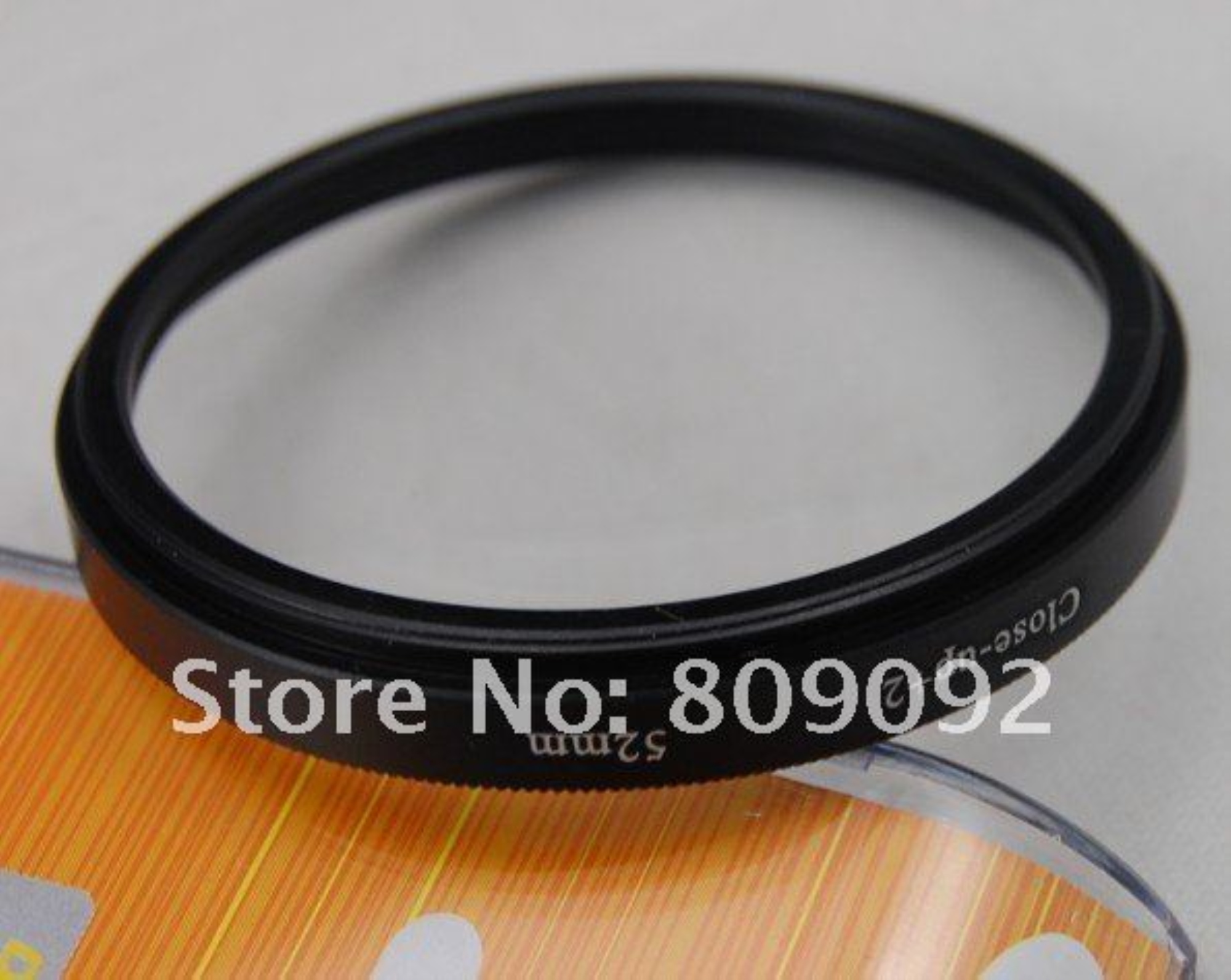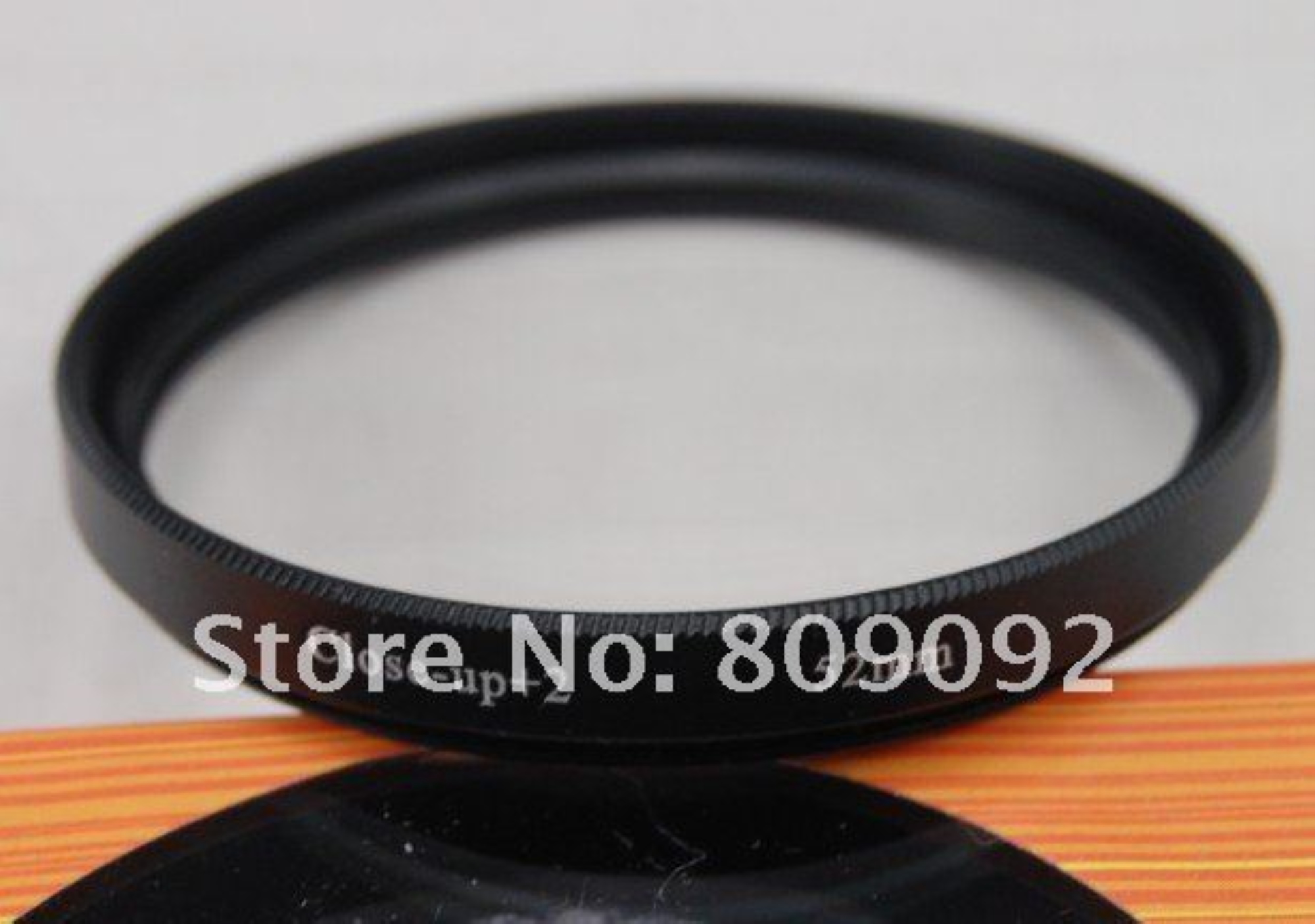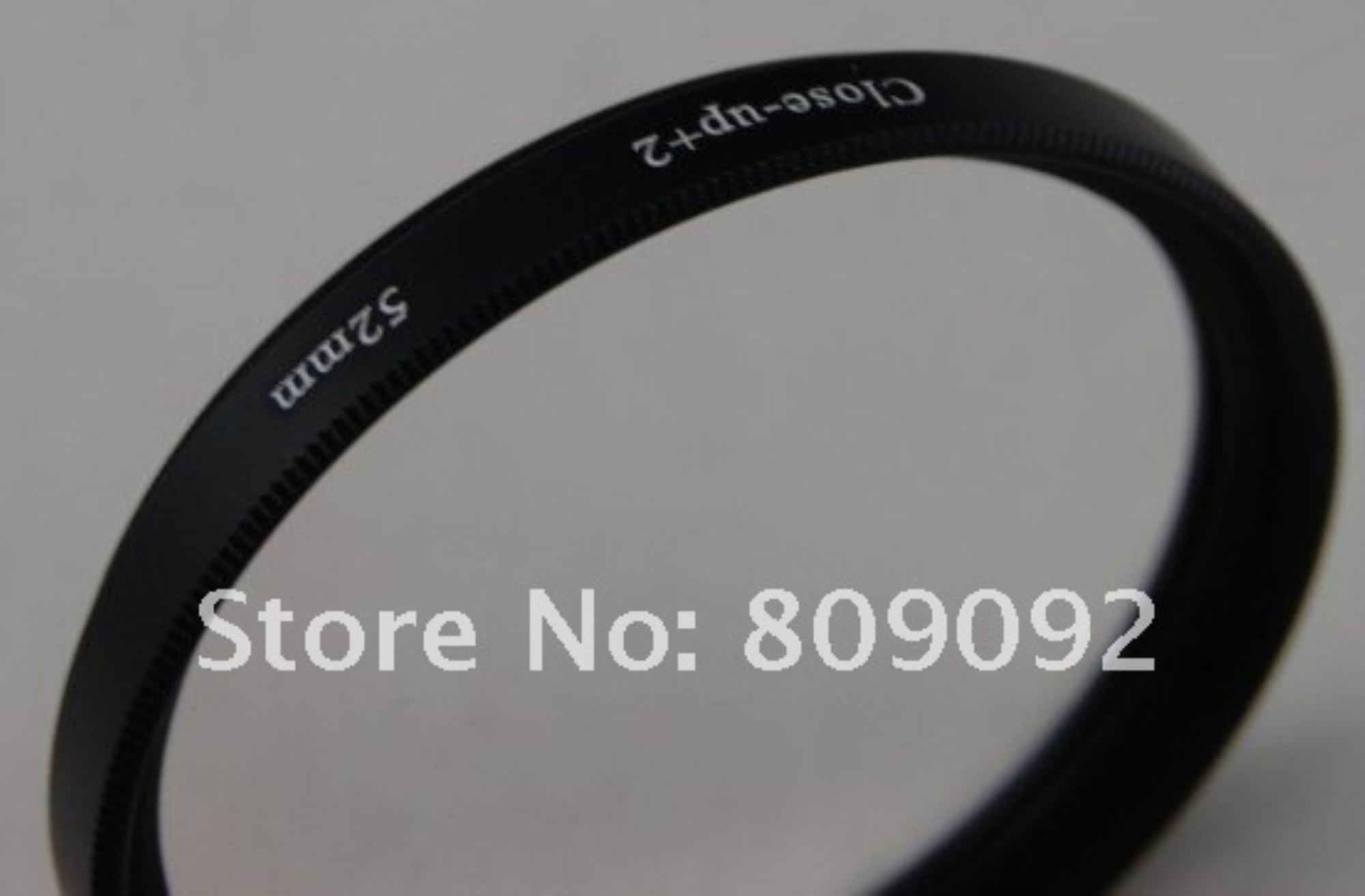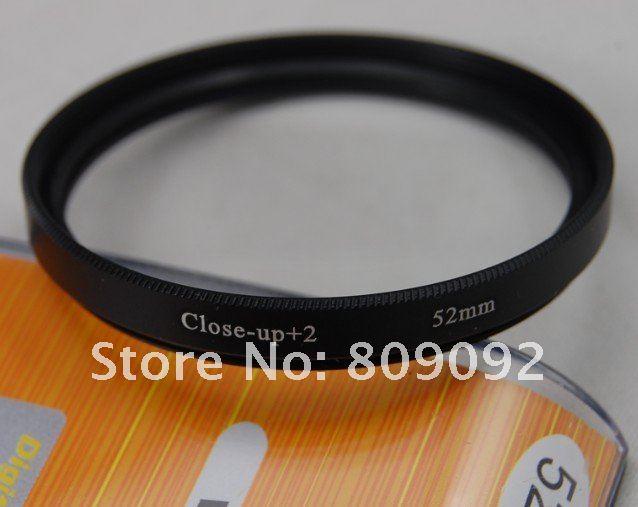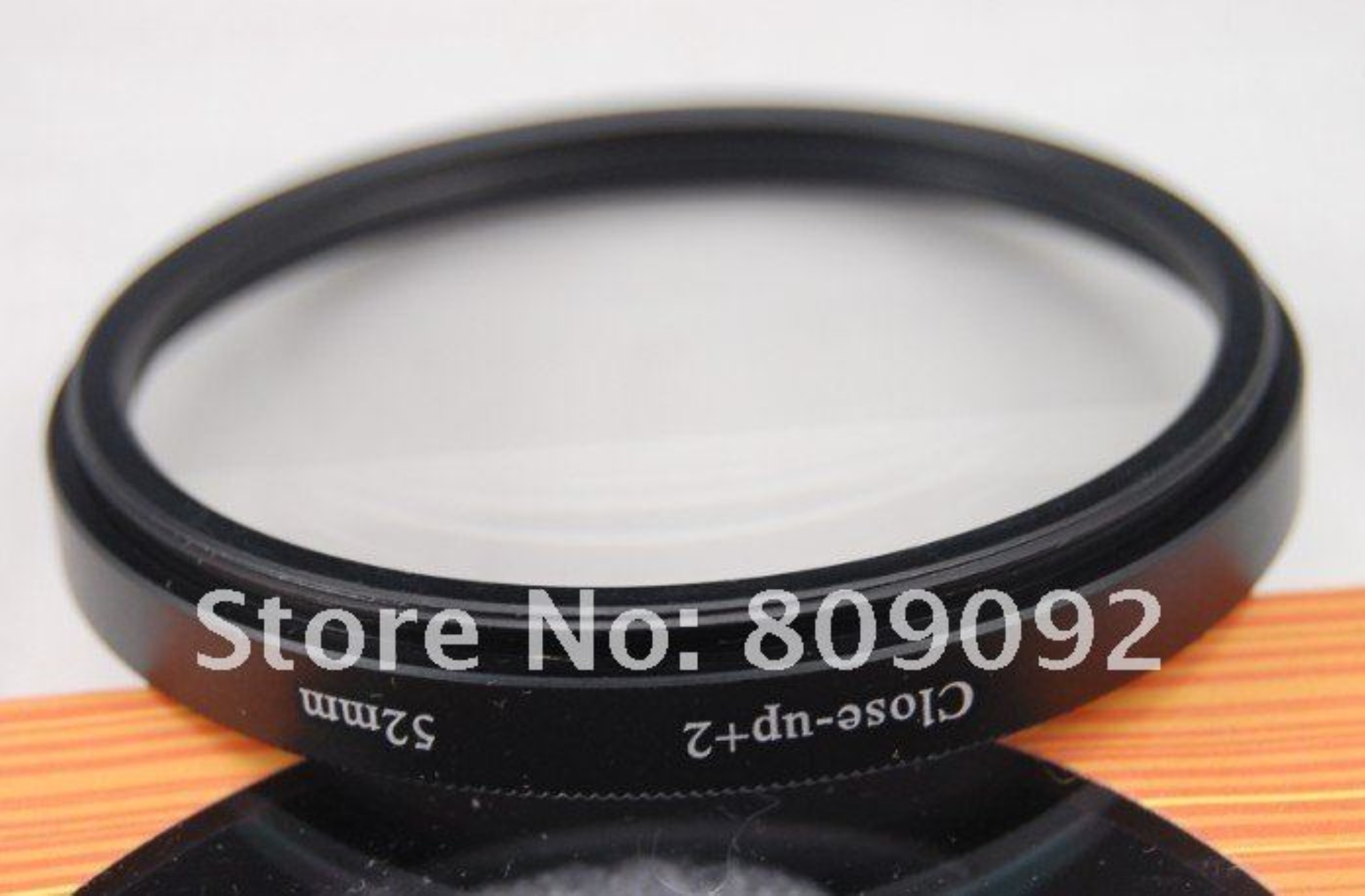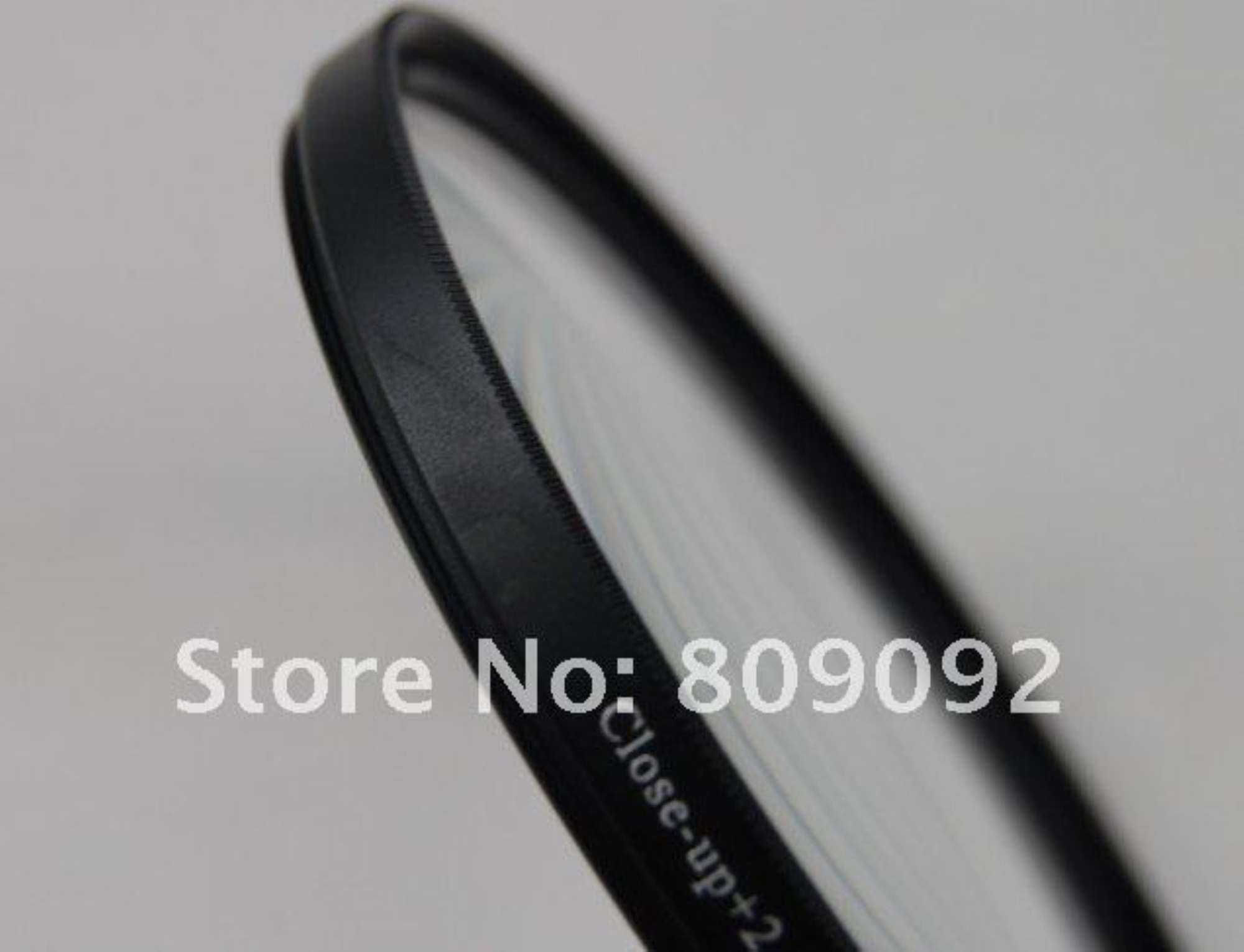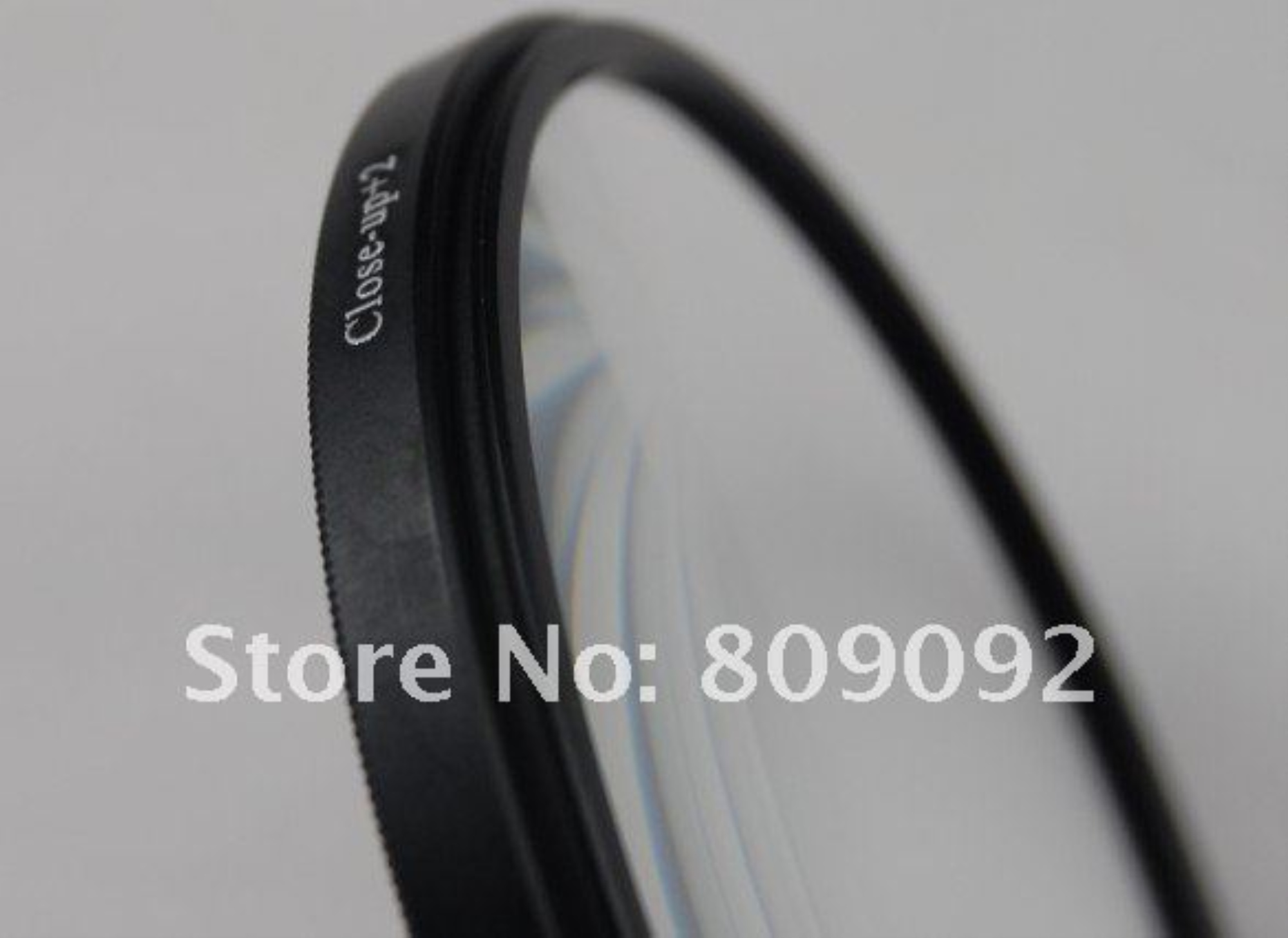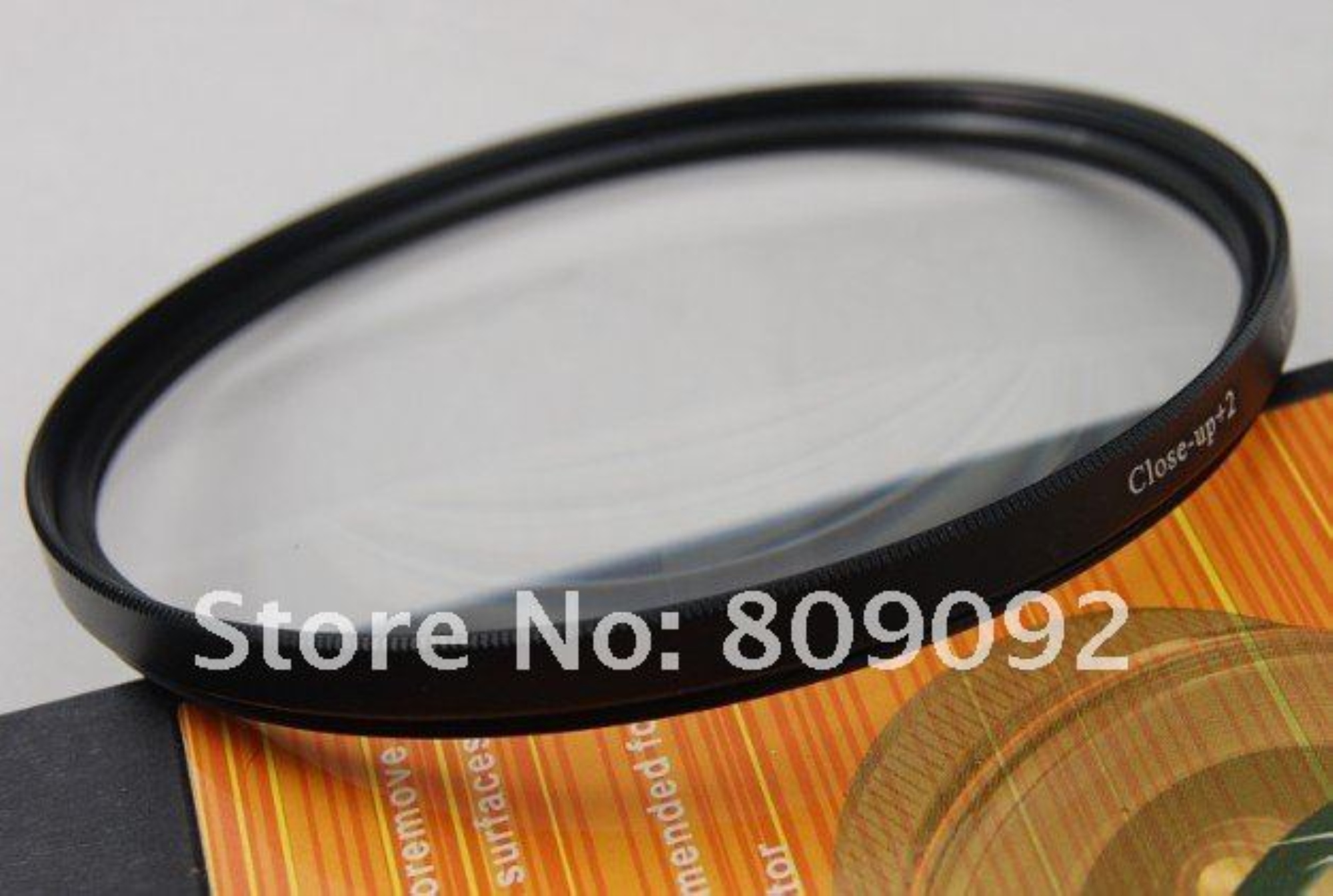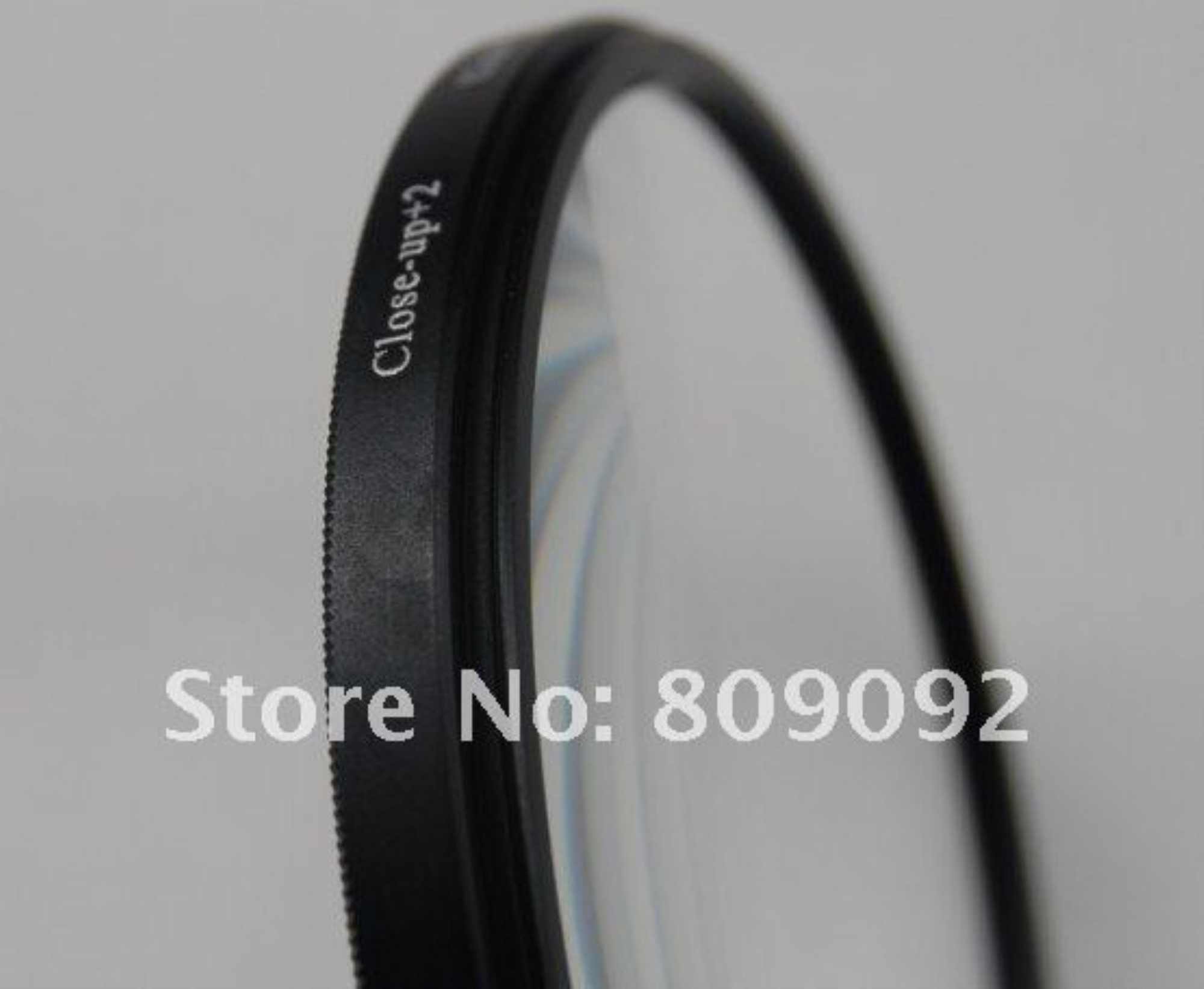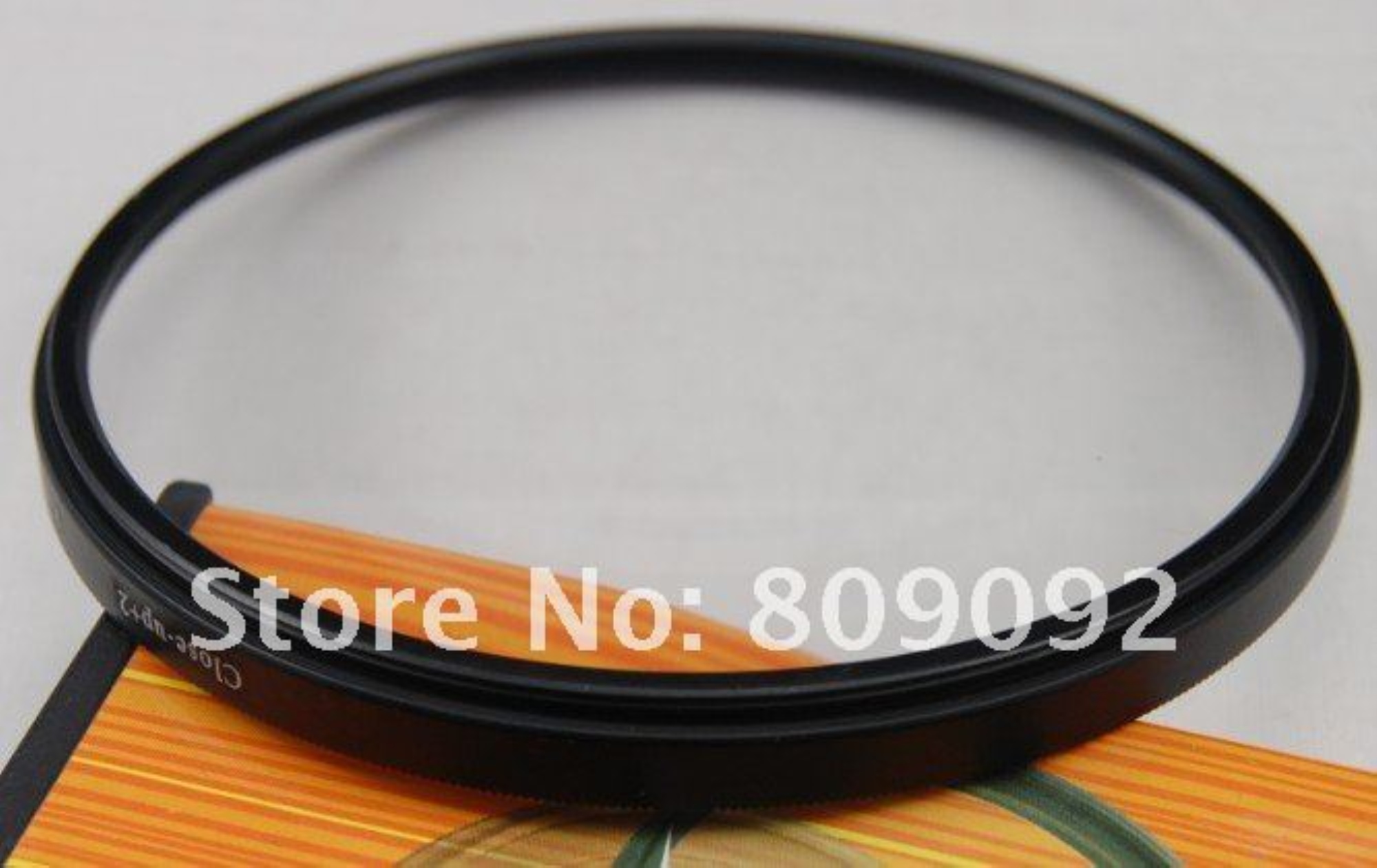GODOX 52mm Macro Close Up 2 Lens Filter for Digital Camera
ข้อมูลสินค้า
ราคา
822.00 444.00 บาท
แบรนด์
No Brand
ร้านค้า
- Package:Yes
- Model Number:Close Up -2
- Type:Close Up -2
- Brand Name:NoEnName-Null
- Place of Origin:Guangdong China (Mainland)
- is-customized:Yes
- The close-up camera lens filter ensures the macro photography more crystal clear and sharp! If you are en enthusiast of macro photography that Close-Up -2 camera lens filter is the perfect choice for you!Are you searching for such item? High quality optical glass is used in the manufacture of these digital macro cameras filters to meet the high resolution requirements of today digital cameras. The close-up cameras filter which is simply mounted in front of our normal taking lens permits the taking of close-ups and also makes possible the photography of details which would be quite impossible without using the close-up lens.With 52mm Macro Close-Up -2 digital cameras filters you can come closer to your object without actually coming closer to the object and you enjoy the closest possible image of your choice.
- Specifications:
- 52mm Macro Close-Up -2 digital cameras filters for lens
- Every camera has a limitation of the minimum distance for shooting the pictureand theclose-up camera lens filter is the best solution
- That means you cannot go closer to the object more than the distance recommended by the manufacturer
- With close upcamerasfilter you can come closer to your object without actually coming closer to the object and you enjoy the closest possible image of your choice
- Fit SLR camera / digital camera / camcorder DV with a 52mm diameter lens
- Made ofaluminum alloy - optical glass
- Size: 7 x 52mm / 0.3 x 2.0in(H x Dia.)
- Details:
- The close-up camera lens filter ensures the macro photography more crystal clear and sharp
- Alloy structure of this 52mm close-up -2 lens filter more durability for outdoor photograph easy to use and maintenance
- Capture more vivid details to your photography with this amazing close-up -2 camera lens filter
- Make your photography more crystal and clear with this close up -2 camera lens filter mounted in front of your camera lens
- Whats the Camera Lens Filters:
- Camera lens filters still have many uses in digital photography and should be an important part of any photographers camera bag. These can include polarizing filters to reduce glare and improve saturation or simple UV/haze filters to provide extra protection for the front of your lens
- Lens Filter Type:
- The most commonly used filters for digital photography include polarizing (linear/circular) UV/haze neutral density graduated neutral density and warming/cooling or color filters
- Example uses for each are listed below:
- Filter Type
- Primary Use
- Common Subject Matter
- Linear - Circular Polarizers
- Reduce Glare Improve Saturation
- Sky / Water / Foliage in Landscape Photography
- Neutral Density (ND)
- Extend Exposure Time
- Waterfalls Rivers
- under bright light
- Graduated Neutral Density (GND)
- Control Strong Light Gradients Reduce Vignetting
- Dramatically Lit Landscapes
- UV / Haze
- Improve Clarity with Film Provide Lens Protection
- Any
- Warming / Cooling
- Change White Balance
- Landscapes Underwater Special Lighting
- UV Filters - Absorb ultraviolet rays and cuts through far-off atmospheric haze. UV filters also serve as protection for your lens so it is recommended that you keep them on at all times. UV filters have no drastic image enhancing effect other than cutting through haze.
- Sky Filters - Reduce blushiness in outdoor shots especially in shade under a clear sky. Another function of sky filters is that they keep skin tones free of reflections from near objects (such as trees)
- Polarizers - Polarizers come in two varieties Circular Polarizers (CPL) or Linear Polarizers (PL). Generally linear polarizers are best for manual focus cameras and circular polarizers are best for autofocus. The reason for this is that with a linear polarizer many autofocus and metering systems have problems focusing or metering light. When light rays reflect off of a surface they become polarized. Polarizing filters allow you to basically select which of these light rays you want to allow to pass through. Polarizing filters allow you to remove reflections from any non-metallic surface such as glass water granite countertops etc. They also increase clarity and vibrance of colors and drastically improve the appearance of a blue sky. By increasing the contrast between the sky and clouds and darkening the blue of the sky they make for some very vivid sky shots
- Differences in sky tones and contrast when using a polarizing filter. Left is without a filter right is with a polarizer
- Reflection reducing effect that a polarizer has on water. Left side is minimal effect (selected by rotating the polarizer) and the right side is maximum effect
- Neutral Density Filters - Neutral Density (ND) filters are commonly ignored by photographers but actually have several uses and can help you achieve otherwise unobtainable effects. ND filters work by creating a reduction in light that is neutral amd equal for the sensor area. Some of the uses for ND filters are to decrease depth of field effectively allowing larger apertures to be used allowing better seperation of subject and background. They also allow slower shutter speeds (which would normally cause over-exposure) to be used to record movement in subjects such as moving cars waterfalls etc. Graduated Neutral Density (GND) filters are neutran density filters which vary the effect with a gradient which can be helpful when the differences between the highlights and shadows in a scene are too great to be able to properly expose both. ND-2 filters will absorb 1 f-stop of light ND4 will absorb 2 f-stops and ND-8 will absorb 3 f-stops
- Comparison showing the effects of both ND4 and ND8 filters on higher exposure and larger aperture
- Star Filters - Star filters also known as cross screen filters create a star pattern with lines that radiate from very bright objects such as lights or reflections of the sun. The number of stars which a filter produces as well as the number of points each star has varies depending on the filter. Most star filters will be marked as 8 point 6 point 4 point etc. which denotes the number of points each star has
- Comparison between Tiffen star filters
- IR Filters - Infrared filters allow only infrared light to pass through blocking all visible light
- Intensifying Filters - Filters which intensify one particular color. May be used to make the sky or grass more vibrant etc
- Diffusion Filters - Diffusion filters give a very soft feel to shots great for portrait work in which they are very good at hiding blemishes and uneven surfaces
- Duto Filters - Duto filters work somewhat like diffusion filters but leave the center of the image very sharp while giving the edges a soft feel. Great for portrait work and professional photography
- Portrait Filters - Portrait filters reduce yellows and oranges but enhance pinks making skin tones more vivid and clear
- Fluorescent Filters - Fluorescent (FL) filters correct the greenish-yellow tone that fluorescent lighting gives off
- Usage:
- Smoothing water movement in waterfalls rivers oceans etc.
- Achieving a shallower depth of field in very bright light
- Reducing diffraction (which reduces sharpness) by enabling a larger aperture
- Making moving objects less apparent or not visible (such as people or cars)
- Introducing blur to convey motion with moving subjects
- photo with a smoothed water effect from a long exposure
- However only use ND filters when absolutely necessary because they effectively discard light-which could otherwise be used to enable a shorter shutter speed (to freeze action) a smaller aperture (for depth of field) or a lower ISO setting (to reduce image noise). Additionally some ND filters can add a very slight color cast to the image.
- Generally no more than a few f-stops is need for most waterfall scenarios so most photographers just keep one or two different ND filter amounts on hand. Extreme light reduction can enable very long exposures even during broad daylight
- Problems with Lens Filters:
- Filters should only be used when necessary because they can also adversely affect the image. Since they effectively introduce an additional piece of glass between your cameras sensor and the subject they have the potential to reduce image quality. This usually comes in the form of either a slight color tint a reduction in local or overall image contrast or ghosting and increased lens flare caused by light inadvertently reflecting off the inside of the filter
- Filters may also introduce physical vignetting (light fall-off or blackening at the edges of the image) if their opaque edge gets in the way of light entering the lens (right example). This was created by stacking a polarizing filter on top of a UV filter while also using a wide angle lens-causing the edges of the outermost filter to get in the way of the image. Stacking filters therefore has the potential to make all of the above problems much worse
- Note on Choosinga Filter Size for a CameraLens:
- Lens filters generally come in two varieties: screw-on and front filters. Front filters are more flexible because they can be used on virtually any lens diameter however these may also be more cumbersome to use since they may need to be held in front of the lens. On the other hand filter holder kits are available that can improve this process. Screw-on filters can provide an air-tight seal when needed for protection and cannot accidentally move relative to the lens during composure. The main disadvantage is that a given screw-on filter will only work with a specific lens size
- The size of a screw-on filter is expressed in terms of its diameter which corresponds to the diameter usually listed on the top or front of your camera lens. This diameter is listed in millimeters and usually ranges from about 46 to 82 mm for digital SLR cameras. Step-up or step-down adapters can enable a given filter size to be used on a lens with a smaller or larger diameter respectively. However step-down filter adapters may introduce substantial vignetting (since the filter may block light at the edges of the lens) whereas step-up adapters mean that your filter is much larger (and potentially more cumbersome) than is required
- The height of the filter edges may also be important. Ultra-thin and other special filters are designed so that they can be used on wide angle lenses without vignetting. On the other hand these may also be much more expensive and often do not have threads on the outside to accept another filter (or sometimes even the lens cap)
- Package Included:
- 1 x52mm Macro Close-Up -2 Filter
